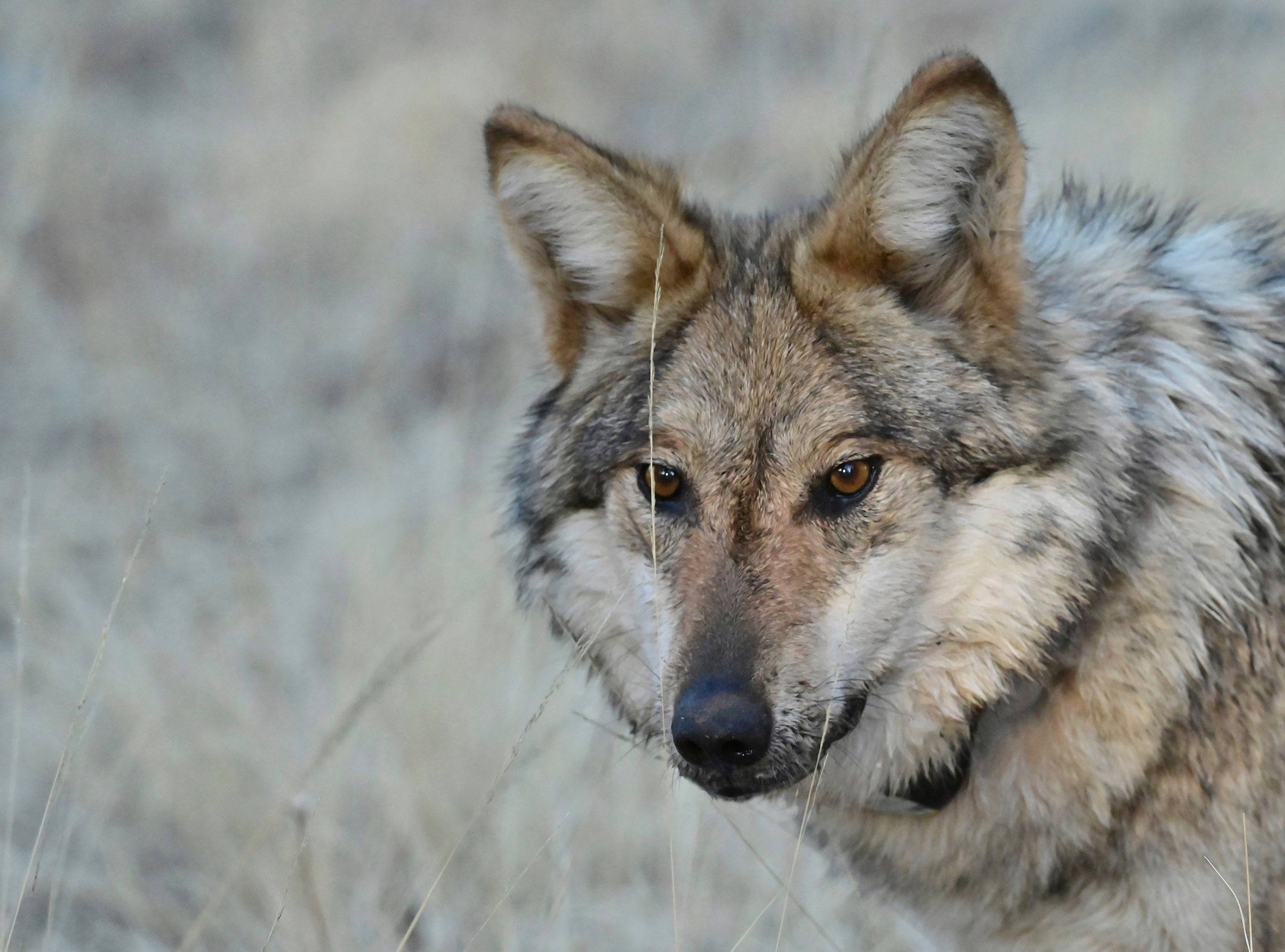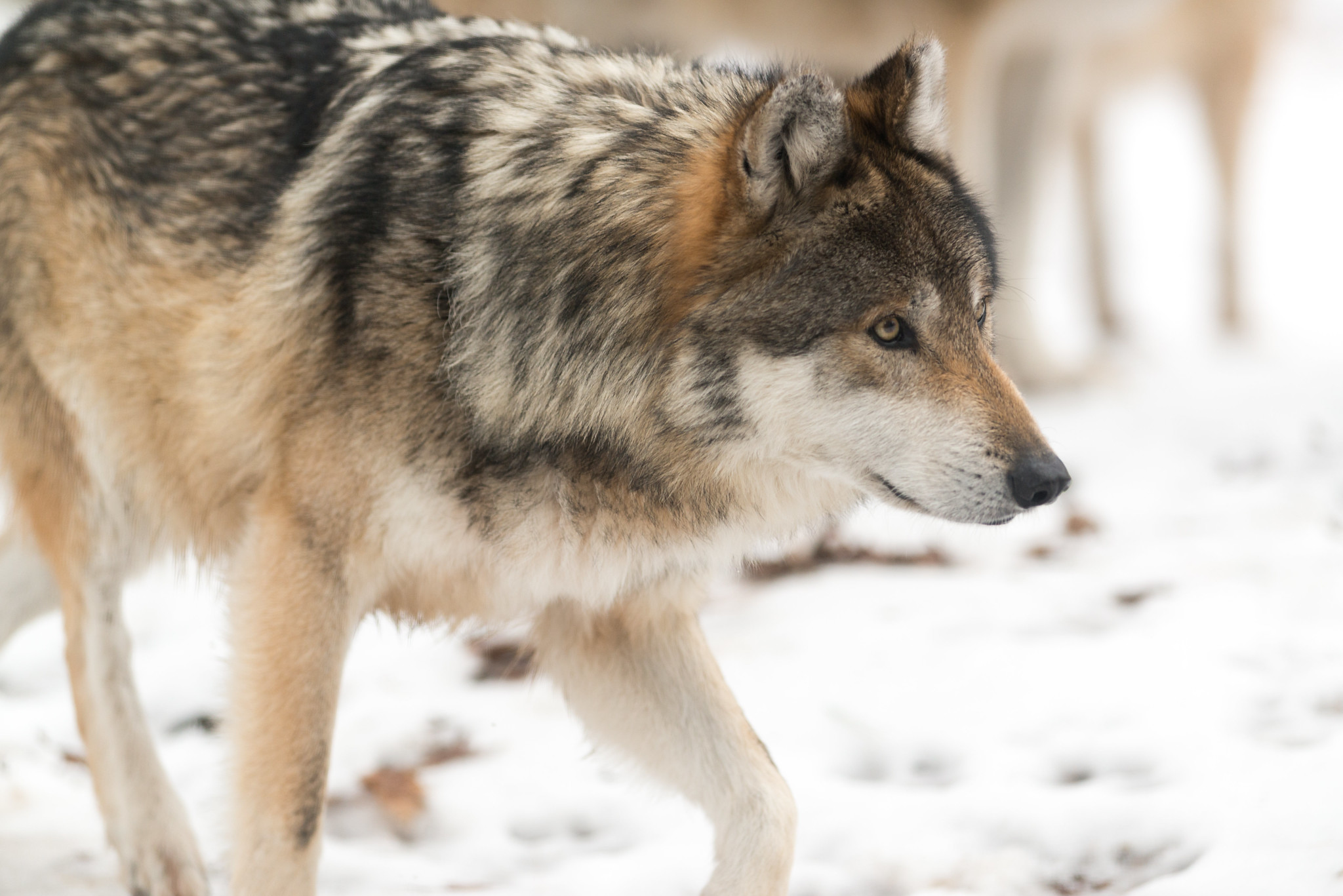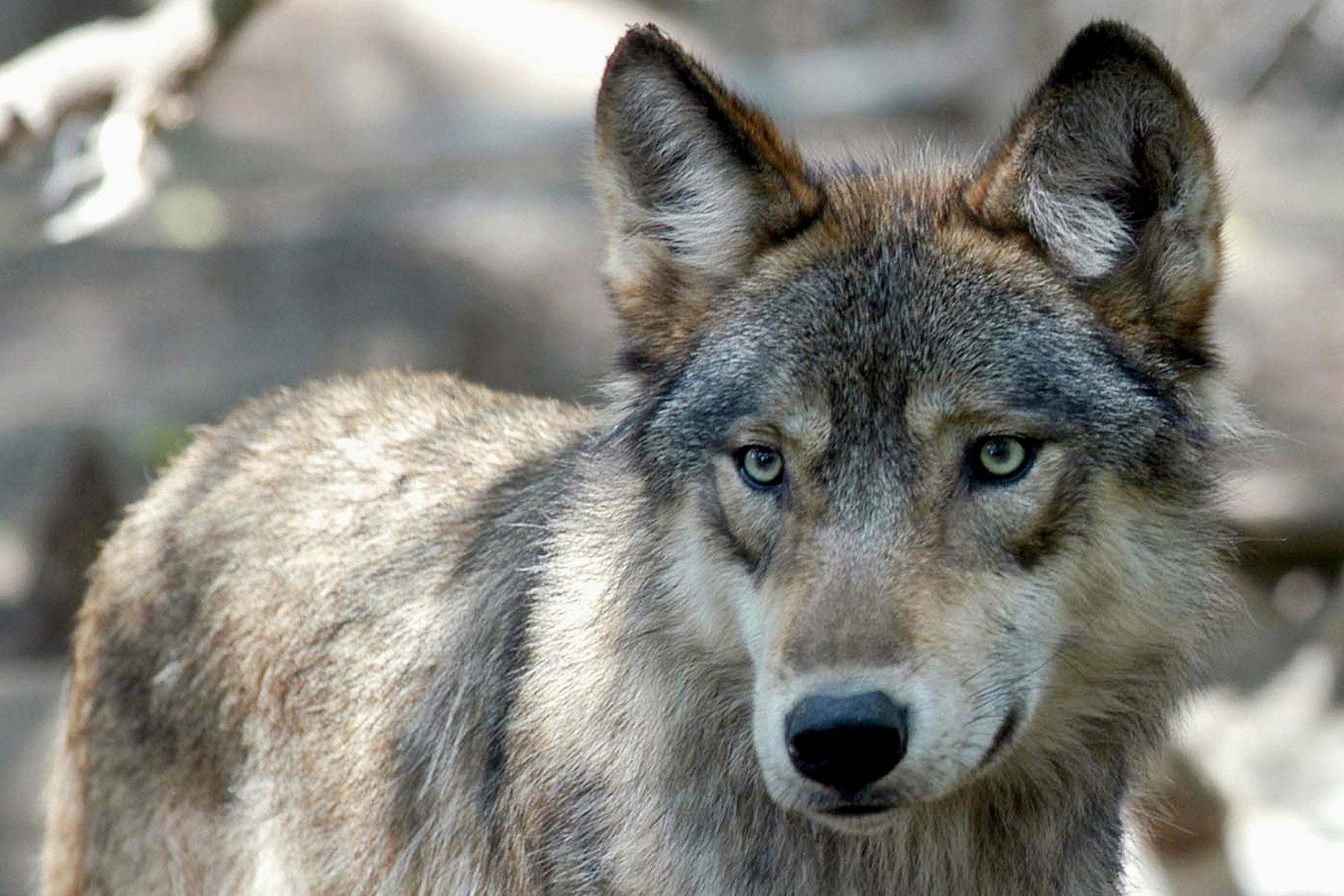Democratic Gov. Tony Evers has vetoed a Republican bill that would have ordered state wildlife regulators to set a statewide population goal for wolves.
The legislation was introduced by Sen. Rob Stafsholt, R-New Richmond, and Rep. Chanz Green, R-Grand View, after the Wisconsin Department of Natural Resources nixed a population goal in an update of its wolf management plan.
In his veto message, Evers said he was vetoing the bill because he objected to a numeric goal for wolves. He also opposed limiting the DNR’s ability to use more flexible management strategies to maintain a healthy wolf population.
“This bill ignores the best available wildlife and social science in favor of a rigid, unscientific approach to wolf management,” Evers wrote.
In October, the Republican-controlled Senate voted 22-10 to pass the bill along party lines. The Assembly passed the legislation on a voice vote in January.
In a statement, Stafsholt said the bill merely requires the agency to include a numeric goal in its wolf management plan without altering the DNR’s authority.
“If we are not managing to a specific population goal number, the DNR has essentially allowed there to be no trigger to reduce the population, despite the many problems caused by having too many wolves on our landscape, such as a depletion of our deer population and loss of cattle to farmers,” Stafsholt said.
The Natural Resources Board approved the DNR’s revised wolf management plan last fall with minor changes. The hotly debated plan drew support from conservation and environmental groups, but hunting and farm groups criticized the plan for its lack of a statewide goal. In his message, Evers said any changes to the state’s wolf management plan should be reviewed by the DNR and the Natural Resources Board.
“This process is intended to ensure that modifications reflect the expertise and agreement of scientists, the Tribal Nations of Wisconsin, hunters, farmers, environmental organizations and the general public,” Evers wrote. “This bill disregards years of extensive input and discourse that went into developing the recently revised wolf management plan.”

News with a little more humanity
WPR’s “Wisconsin Today” newsletter keeps you connected to the state you love without feeling overwhelmed. No paywall. No agenda. No corporate filter.
Gray wolves are currently listed as an endangered species across most of the country, including Wisconsin. A federal judge restored those protections in 2022.
The Trump administration delisted the wolf in 2021, and state-licensed hunters killed 218 wolves in Wisconsin in February that year. They consumed their share and Ojibwe tribes’ portion of a 200-wolf quota. Tribes had declined to harvest the animal because they view the wolf as a brother.
The DNR has said its plan would provide more flexibility in managing wolves if they’re delisted. The plan aims to maintain numbers between 800 and 1,200 wolves. Data from the agency shows the animal’s population has grown to nearly 1,000 wolves and appears to be stabilizing.
Some hunters and farmers have called on the agency to maintain a population goal of 350 wolves as outlined in the DNR’s previous wolf management plan written in 1999 and updated in 2007. Opponents have said that number is vastly outdated and not based on the best available science.
Elizabeth Ward, director of Sierra Club Wisconsin, applauded Evers for vetoing the bill.
“Wisconsin’s adopted wolf management plan outlines an adaptive approach to overseeing the wolf population, which is consistent with other species such as black bears and white-tailed deer and has been used for years without concern by the Wisconsin DNR,” Ward wrote in a statement. “This bill sought to circumvent the multi-year analysis, stakeholder engagement, scientific research, and public comment processes that the DNR has undergone to put together the draft plan.”
A 2022 survey by the DNR shows most Wisconsin households that responded support a population larger than 350 wolves, including in the wolf’s range.
Supporters of a statewide population goal say it’s needed to reduce wolf conflicts with livestock and hunting dogs. DNR data shows a tiny fraction of Wisconsin’s more than 64,000 farms have been affected by wolf depredations, with only 18 farms affected during the most recent monitoring period.
Wisconsin Public Radio, © Copyright 2026, Board of Regents of the University of Wisconsin System and Wisconsin Educational Communications Board.



